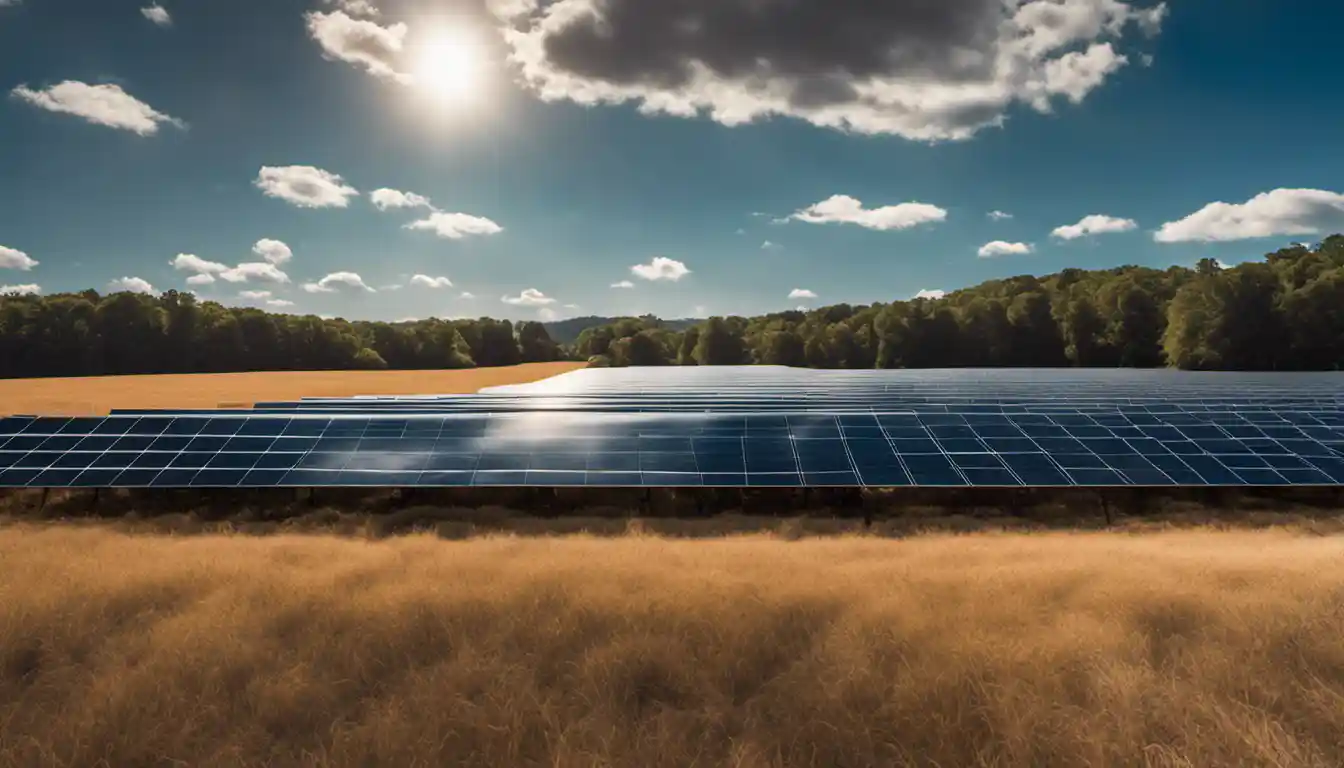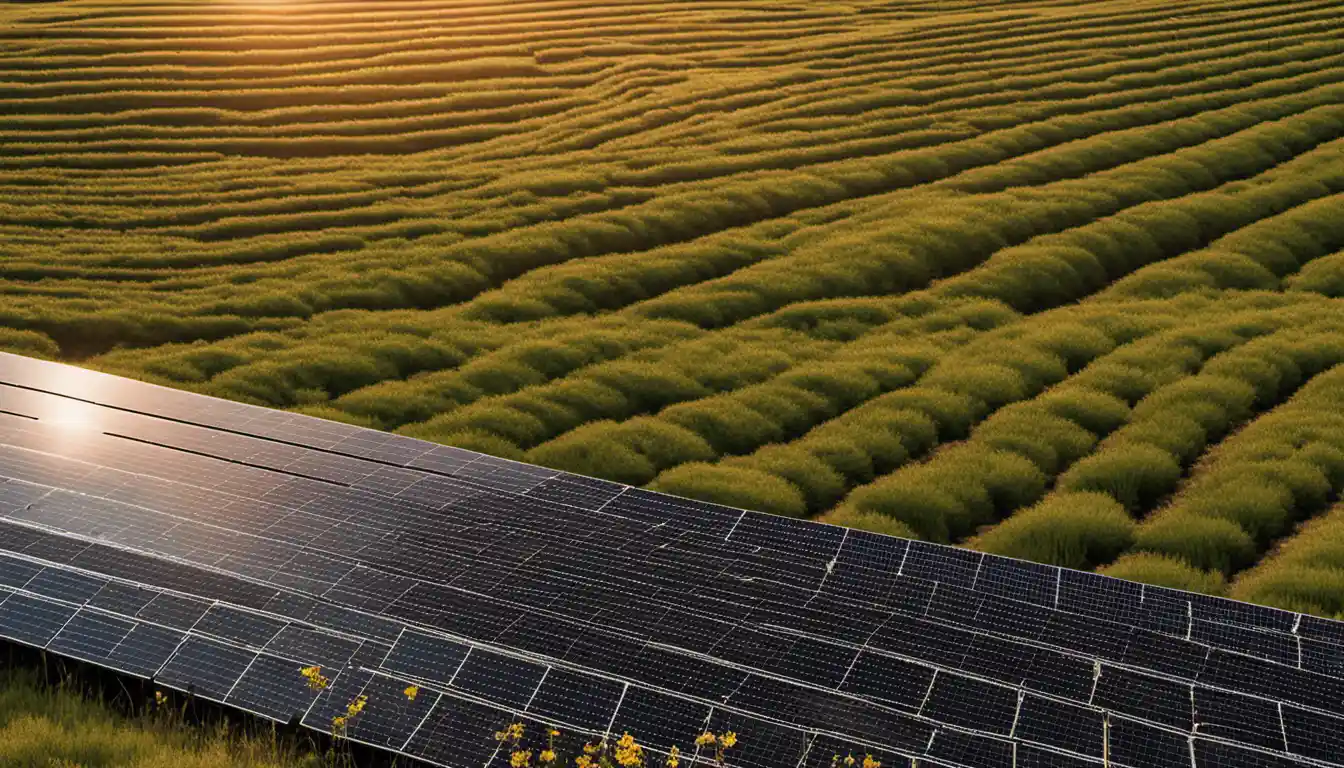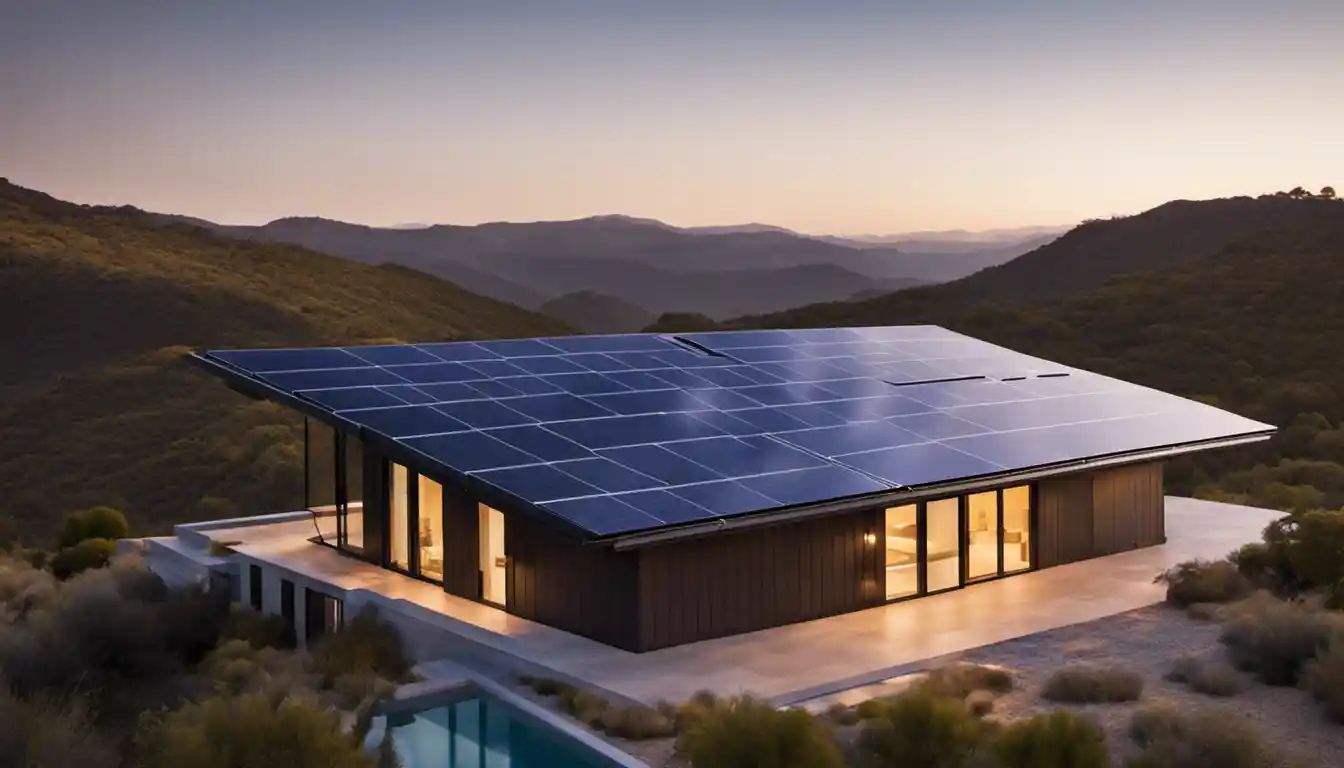What are Thin-Film Solar Panels?
Thin film solar panels have a lifespan of about 25 years on average, although this can vary depending on a range of factors including the specific materials used, the quality of the installation, and the conditions the panel is exposed to. However, many manufacturers offer warranties, ensuring functionality above certain efficiencies for 10–25 years.
Types of Thin-Film Solar Cells
Over the years in my career, I’ve noticed that not all thin-film solar panels are equal. The three primary types are amorphous silicon (a-Si), cadmium telluride (CdTe), and copper indium gallium selenide (CIGS). Each type has different characteristics and efficiencies, which you should consider when investing in solar energy for the long haul.
Cadmium telluride (CdTe) thin-film photovoltaic (PV) cells excel in real-world solar power yield, and are typically well suited for use in solar power plants, while amorphous silicon (a-Si) is more commonly used in pocket calculators and for other small-scale applications. Copper indium gallium selenide (CIGS), on the other hand, offers the highest efficiency among thin film cells, and holds great potential for future mass scale applications.
How are Thin-Film Solar Cells Made?
The process of creating thin film solar cells can be likened to layering a cake. Multiple layers of semiconducting materials are deposited onto a substrate such as glass or metal. This results in a solar cell that is multiple times thinner than traditional silicon solar cells, making them lightweight and flexible.
The exact hierarchy of layers varies with the type of thin film: CdTe, a-Si, or CIGS. These thin film types are named after the materials used in the semiconductive layer.
Characteristics of Thin-Film Solar Panels
Appearance of Thin-Film Solar Panels

One characteristic that sets thin-film solar panels apart from their conventional counterparts is their sleek and continuous appearance. Due to the nature of the production process, they don’t have the segmented or “broken glass” look of crystalline silicon cells. This modern aesthetic has made them popular options for architects and designers who prioritize the visual appeal of their installations.
Efficiency of Thin-Film Solar Cells
However, the stylish design of thin-film solar panels comes with a trade-off: efficiency. Here’s something I found during one of my projects with a major solar energy company – On average, thin-film panels have lower efficiency rates than traditional photovoltaic cells. In my experience, typical efficiencies lie between 10-12%. But what they may lack in efficiency, they make up for with better performance in low light and high-temperature environments.
Reaction to Elevated Temperatures
Another interesting peculiarity of thin-film solar panels is their tolerance to heat. Unlike crystalline panels, thin-films tend not to suffer significant degradation in performance under elevated temperatures making them an ideal choice for hotter climates.
Lifespan of Thin-Film Solar Panels
This brings us back to the question of “thin film solar panel lifespan”. Here’s a crucial piece of info that I picked up from one of our engineering geniuses. While thin-film panels typically have a shorter lifespan than crystalline panels, with a range of 10 to 17 years, they also have a slower rate of efficiency decline toward the end of their lifespan. This means that although they may not last as long, the output towards the end of their lifespan can be higher than that of a crystalline panel of the same age.
Factors that Decrease Thin-Film Solar Panels’ Lifespan
There are a few external factors that can reduce a thin film solar panel’s lifespan. Harsh weather conditions, improper installation, and lack of maintenance can all contribute to their reduced lifespan.
Comparison of Lifespan with Other Solar Panel Types

When compared with the longevity of monocrystalline and polycrystalline solar panels, which typically last 25 to 35 years, the lifespan of thin-film solar panels may seem more limited. However, with proper care and maintenance, a thin-film solar panel can serve you efficiently and effectively for its entire lifespan.
Maximizing the Lifespan of Thin-Film Solar Panels
Understanding how to maximize the lifespan of your thin-film solar panels can help you squeeze the most value out of your renewable energy investment.
Regular Inspections for Optimal Maintenance
Regular inspections of your thin-film solar panels can highlight potential problems before they even happen, helping you maintain optimal performance and extend their lifespan. Manufacturers often suggest specific intervals for inspection, typically suggested every six months to a year.
Proper Cleaning Procedures
Another way to maximize the lifespan of your thin-film panels is by keeping them clean. Dust or snow deposits can limit the panel’s access to sunlight and affect functionality. Use mild detergents and a gentle low-pressure rinse to safeguard the delicate silicon layer.
Usage of Backup Battery

Incorporating a backup battery into your solar setup can help reduce strain on your panels and prolong their lifespan. By allowing an alternative source of power during peak loads or irregular weather conditions, you reduce the load on your panels and thus potentially prolong their effective life.
End of Life: What Happens to Thin-Film Solar Panels After Their Useful Lifespan?
Just as every sunrise must have its sunset, so too do solar panels reach an end to their useful lifespan. When that time comes, it’s important to recycle your thin-film solar panels properly. This process can recover valuable materials for use in new panels or other industries.
Cost Effectiveness of Thin-Film Solar Panels
So, how cost-effective are thin-film solar panels, given their lifespan? This is where things get interesting. The initial cost of thin-film solar panels is typically lower than that of crystalline panels, which can offset their shorter lifespan. Furthermore, a large portion of the cost in a solar panel system is due to installation labor and balance of system costs, so the lower overall efficiency of thin-film panels doesn’t always translate to significantly lower returns on investment.
Initial Costs and Payback Time
It’s essential to factor in the initial costs and the payback time when determining cost-effectiveness. For thin-film solar panels, the payback time can be less than that of monocrystalline and polycrystalline panels due to their lower upfront costs.
Conclusion: Understanding the Lifespan and Maintenance of Thin-Film Solar Panels
In a nutshell, the “thin film solar panel lifespan” does fall short compared to crystalline panels. Yet, with a touch of regular maintenance and the right location, they can provide a valuable addition to your renewable energy portfolio. If you’re keen to learn more about thin-film solar panels, I’ve previously written a comprehensive guide about what they are and how they work. The choice between thin-film and crystalline will depend on a wide variety of factors, such as your budget, your site’s specific conditions, and your renewable energy goals.



